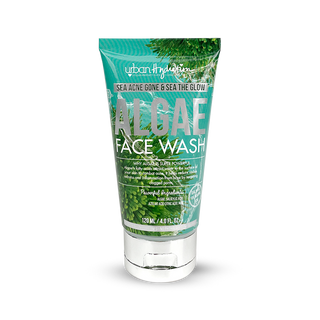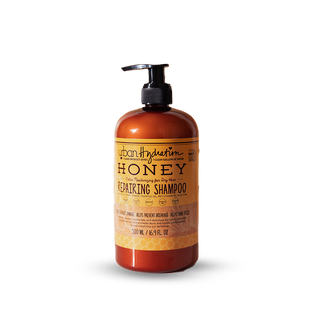Mollie Tibbetts case has been causing safety concerns for runners, women especially. Mollie, 20-year-olds, went out for an evening run and never came back. She disappeared on July 18. This past Tuesday, after a month-long search, officials found her body hidden under corn stalks. Authorities say her suspected killer, Cristhian Rivera, had followed her in his car as she ran next to a country road before he assaulted her. In court, Rivera said when he approached Mollie she began to take out her cell phone to call the police and that is when Rivera got upset. Rivera says what happened after that is “blocked” from his memory. Information has been released about Rivera’s background after using a false I.D. Rivera is an undocumented farm worker from Mexico which has drawn attention away from the root of Mollie’s case. The main safety issue in Mollie’s case is not Rivera’s status but his “toxic masculinity” and the suspect’s reluctance to take no for an answer, as CNN’s contributor Symone D. Sanders argued.
The Runner’s World survey found only 3% of women runners had been groped or psychically assaulted. Honestly, that is 3% percent too many and doesn’t lighten the situation at hand. Back in 2016, Runner’s World asked its readers, “How often, if ever, does a stranger whistle at you, comment on your body, needlessly honk at you, or give you other similar unsolicited sexual attention?” 43% of women runners responded that they sometimes often or always experienced any or all those reactions. Only 4% percent of men said they had. As for other behaviors, women have endured; 30% had experienced being followed by someone in a car, bike or foot, 18% said they have been sexually propositioned while 5% have been flashed. Nearly 54% of women have expressed concern sometimes when getting ready to run, or during, that they would be assaulted or experience some level of harassment or unwanted physical contact.
For those who don’t run, they often downplay the harassment by saying to women joggers that they shouldn’t put themselves in that situation, whether that is running alone or at night. Jessica Rudd runs about 35 miles a week and takes precautions when running to stay safe. She doesn’t run in unfamiliar areas after dark and won’t run alone in dangerous areas with hardly any people around. Rudd mentioned she won’t change her route even after someone harasses her because “I would have nowhere to run if I did that”. The solution here isn’t to avoid or learn how to deal with harassment. We as humans need to be better. We need to do better. If you see something, don’t wait for someone else to speak up, be that voice.
Sources: CNN - https://www.cnn.com/2018/08/23/us/mollie-tibbetts-autopsy/index.html
CNN - https://www.cnn.com/2018/08/23/us/women-runners-tibbetts-harassment-trnd/index.html?utm_content=2018-08-24T14%3A20%3A06&utm_source=twCNN&utm_medium=social&utm_term=image



